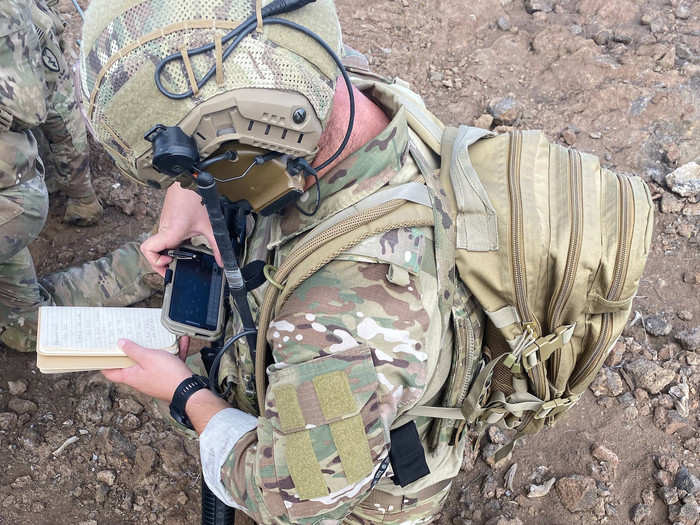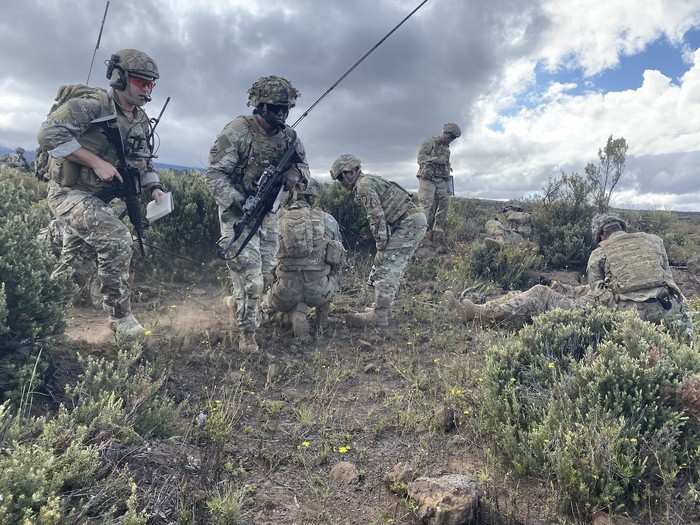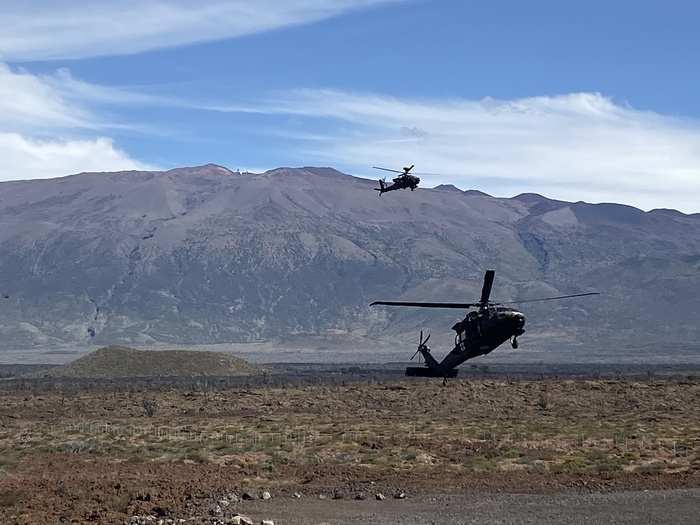Additionally, during the Fire Support Coordination Exercise on the ground, they were able to perform Pacific Air Forces' first off-board laser spot track between the US Army's RQ-7 Shadow Unmanned Aerial System and the B-52's targeting pod.
"Without the effective and efficient laser lock … the JTAC would have had to spend crucial seconds to locate the reinforcements himself and talk the aircraft onto the target before providing terminal guidance," Hairfield said.
The bombers, assigned to the 69th Expeditionary Bomb Squadron out of Minot Air Force Base, North Dakota, are currently deployed to Guam as part of US Indo-Pacific Command's Continuous Bomber Presence operations.
The 19.5-hour flight from Guam to Hawaii and back required air refueling supported from KC-135 Stratotankers. Upon completion of the training mission the bombers returned to Guam completing a 7,000-nautical mile round-trip mission.
Missions like these provide significant opportunities to strengthen joint capabilities in the region, enhance combined readiness, increase air domain awareness and help ensure a free and open Indo-Pacific.
The US has been conducting continuous bomber presence operations in the theater as part of a routine, forward deployed, global strike capability to support regional security since March 2004.




